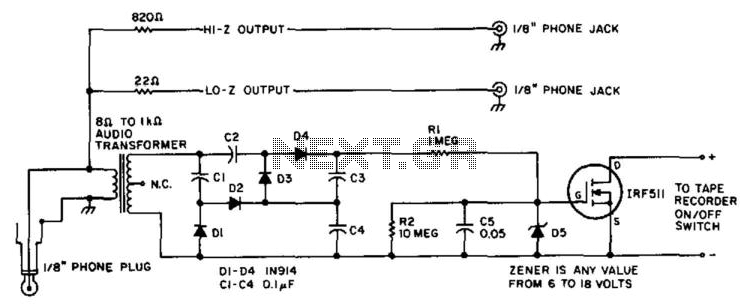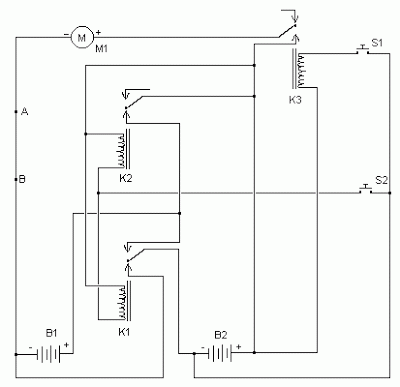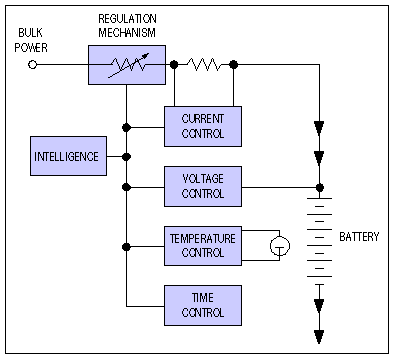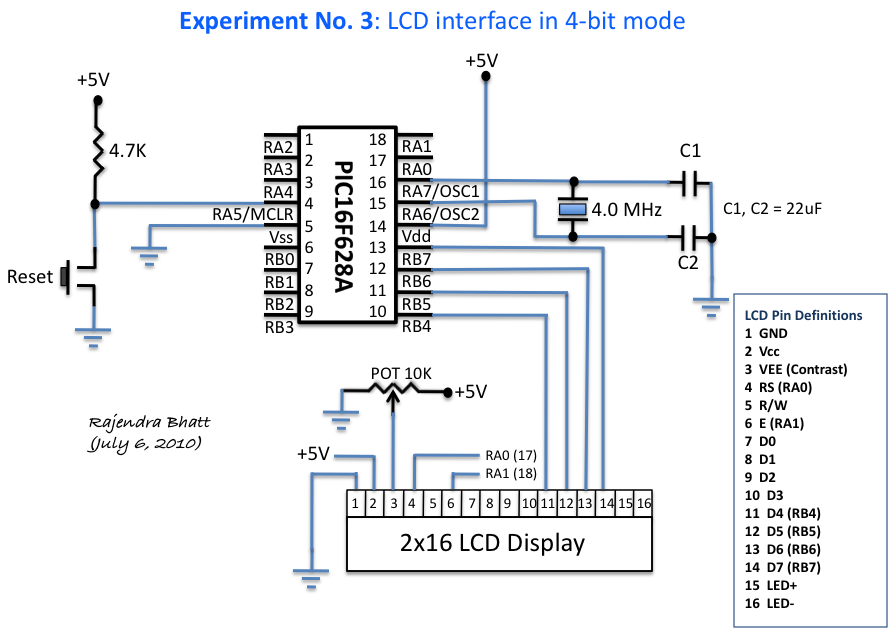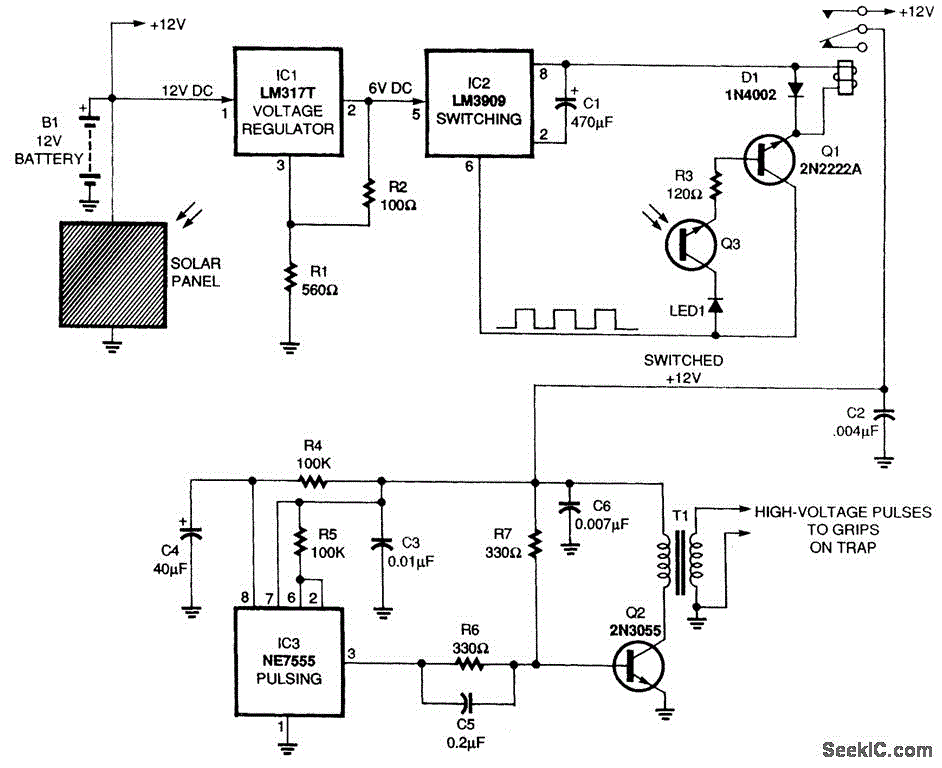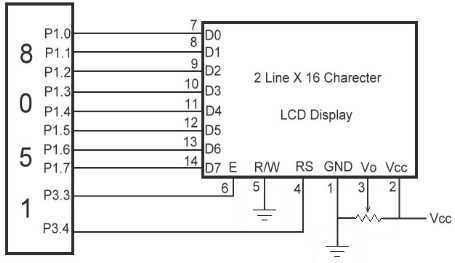
Small Arduino DMX controller

This document outlines the process of creating a compact and efficient Arduino DMX512 controller, which can be utilized to operate devices like a smoke machine via DMX or serve as testing equipment. The configuration includes six channels controlled by variable values from six potentiometers connected to the Arduino's analog inputs. The 10-bit values from the potentiometers are converted to 8-bit values (0-255), suitable for DMX transmission. Additionally, there are twelve channels with on-off values managed by twelve push buttons linked to the digital inputs of the Arduino. The digital inputs employ the Arduino's internal pull-up resistors, resulting in an input value of 0 when a button is pressed and 1 when it is released.
The Arduino DMX512 controller operates using a library that supports four DMX universes. The setup function configures the pins from 2 to 13 as inputs with pull-up resistors activated. This allows for the reading of button states and potentiometer values. The main loop continuously reads the analog values from the potentiometers, scales them to the appropriate range, and sends them to the corresponding DMX channels. The push buttons are also monitored, and their states are used to send either a maximum value (255) or zero to specific DMX channels based on whether the buttons are pressed or not.
The controller is designed to operate in standard DMX512 mode, allowing for efficient communication with compatible DMX devices.
The Arduino DMX512 controller is structured to facilitate interaction with various lighting and effect devices through DMX protocol. The design involves six analog channels, each connected to a potentiometer that allows for real-time adjustment of output values. The potentiometers are connected to the analog inputs of the Arduino, enabling the conversion of their readings from a 10-bit range (0-1023) to an 8-bit range (0-255) suitable for DMX transmission. The conversion is achieved through a scaling function that shifts the value right by two bits, effectively dividing it by four.
In addition to the analog inputs, the controller features twelve digital inputs linked to push buttons. These buttons are configured with internal pull-up resistors, ensuring that the input reads LOW (0) when pressed and HIGH (1) when not pressed. This configuration allows for straightforward monitoring of button states, which can be used to control additional DMX channels.
The setup function initializes the Arduino pins and configures the DMX transmission settings, including the starting address and the number of channels to transmit. The main loop continuously updates the DMX output based on the current readings from the potentiometers and the states of the push buttons. This loop ensures that the DMX channels reflect the real-time adjustments made by the user.
The overall design of the Arduino DMX512 controller is versatile and can be adapted for various applications, including theatrical lighting control, stage effects, and testing of DMX-compatible devices. The simplicity of the Arduino platform combined with the flexibility of the DMX protocol makes this controller an excellent choice for both hobbyists and professionals in the field of electronic control systems.How to make a small and useful Arduino DMX512 controller, which can use by example to handle a smoke machine with DMX, or as test equipment, etc In the configuration shown we have 6 channels with variable values, provided by 6 potentiometers connected to the Arduino analog inputs, 10-bit values are reduced to 8 bits (0-255 who are used by DMX), and 12 channels with on-off values with 12 push buttons connected to the digital inputs of the arduino, digital inputs are using the arduino internal pullup resistors, so if the button is pressed the input value is 0, and if it is free the input value is 1. // <7465> * #include // libreria DMX 4 universos // four universes DMX library - // <7465> * // New DMX modes * EXPERIMENTAL * // <7465> * #define DMX512 (0) // (250 kbaud - 2 to 512 channels) Standard USITT DMX-512 #define DMX1024 (1) // (500 kbaud - 2 to 1024 channels) Completely non standard - TESTED ok #define DMX2048 (2) // (1000 kbaud - 2 to 2048 channels) called by manufacturers DMX1000K, DMX 4x or DMX 1M void setup() { // configurar pines arduino del 2 al 13 como entradas con pullup, (cuando se pulsa el boton = 0 si no = 1) // configure arduino pins 2 to 13 as inputs with pullup, (button pressed = 0, button free = 1) for (int i=2;i<=13;i+) { pinMode(i, INPUT); // pines como entradas // pins as inputs digitalWrite(i, HIGH); // activar resistencias pullup internas // turn on pullup internal resistors } ArduinoDmx0.
set_tx_address(1); // poner aqui la direccion de inicio de DMX // put here DMX start address ArduinoDmx0. set_tx_channels(100); // poner aqui el numero de canales a transmitir // put here the number of DMX channels to transmmit ArduinoDmx0.
init_tx(DMX512); // iniciar transmision universo 0, modo estandar DMX512 // starts universe 0 as TX, standard mode DMX512 } //end setup() void loop() { // seis entradas con potenciometros que envian valores DMX entre 0 y 255 a los canales 1 al 6 // six analog inputs with potentiometers, sending values from 0 to 255, to dmx output channels 1 to 6 ArduinoDmx0. TxBuffer[0] = scale(analogRead(0); // copiar valor de la entrada analogica 0 al canal DMX 1 // copy value from analog input 0 to DMX channel 1 ArduinoDmx0.
TxBuffer[1] = scale(analogRead(1); // copiar valor de la entrada analogica 1 al canal DMX 2 // copy value from analog input 1 to DMX channel 2 ArduinoDmx0. TxBuffer[2] = scale(analogRead(2); // copiar valor de la entrada analogica 2 al canal DMX 3 // copy value from analog input 2 to DMX channel 3 ArduinoDmx0.
TxBuffer[3] = scale(analogRead(3); // copiar valor de la entrada analogica 3 al canal DMX 4 // copy value from analog input 3 to DMX channel 4 ArduinoDmx0. TxBuffer[4] = scale(analogRead(4); // copiar valor de la entrada analogica 4 al canal DMX 5 // copy value from analog input 4 to DMX channel 5 ArduinoDmx0.
TxBuffer[5] = scale(analogRead(5); // copiar valor de la entrada analogica 5 al canal DMX 6 // copy value from analog input 5 to DMX channel 6 if (digitalRead(2) = LOW) // pulsador en pin 2 apretado // push-button on pin 2, is pressed ArduinoDmx0. TxBuffer[6] = 255; // enviar 255 al canal DMX 7 // send value 255 to DMX channel 7 else ArduinoDmx0. TxBuffer[6] = 0; // si no enviar 0 // push-button free, send 0 if (digitalRead(3) = LOW) // pulsador en pin 3 apretado ArduinoDmx0.
TxBuffer[7] = 255; // enviar 255 al canal DMX 8 else ArduinoDmx0. TxBuffer[7] = 0; // si no enviar 0 if (digitalRead(4) = LOW) // pulsador en pin 4 apretado ArduinoDmx0. TxBuffer[8] = 255; // enviar 255 al canal DMX 9 else ArduinoDmx0. TxBuffer[8] = 0; // si no enviar 0 // aG±adir aqui hasta el pin 13 // add here the others inputs } //end loop() uint8_t scale(uint16_t value) // scale values from 10 bits to 8 bits { if(value > 1023) // test for 10 bits limit value = 1023; return (value >> 2); // scale } //end scale() // <7465> * / <7465> * * * Title : Controlador DMX con Arduino * Version :
🔗 External reference
The Arduino DMX512 controller operates using a library that supports four DMX universes. The setup function configures the pins from 2 to 13 as inputs with pull-up resistors activated. This allows for the reading of button states and potentiometer values. The main loop continuously reads the analog values from the potentiometers, scales them to the appropriate range, and sends them to the corresponding DMX channels. The push buttons are also monitored, and their states are used to send either a maximum value (255) or zero to specific DMX channels based on whether the buttons are pressed or not.
The controller is designed to operate in standard DMX512 mode, allowing for efficient communication with compatible DMX devices.
The Arduino DMX512 controller is structured to facilitate interaction with various lighting and effect devices through DMX protocol. The design involves six analog channels, each connected to a potentiometer that allows for real-time adjustment of output values. The potentiometers are connected to the analog inputs of the Arduino, enabling the conversion of their readings from a 10-bit range (0-1023) to an 8-bit range (0-255) suitable for DMX transmission. The conversion is achieved through a scaling function that shifts the value right by two bits, effectively dividing it by four.
In addition to the analog inputs, the controller features twelve digital inputs linked to push buttons. These buttons are configured with internal pull-up resistors, ensuring that the input reads LOW (0) when pressed and HIGH (1) when not pressed. This configuration allows for straightforward monitoring of button states, which can be used to control additional DMX channels.
The setup function initializes the Arduino pins and configures the DMX transmission settings, including the starting address and the number of channels to transmit. The main loop continuously updates the DMX output based on the current readings from the potentiometers and the states of the push buttons. This loop ensures that the DMX channels reflect the real-time adjustments made by the user.
The overall design of the Arduino DMX512 controller is versatile and can be adapted for various applications, including theatrical lighting control, stage effects, and testing of DMX-compatible devices. The simplicity of the Arduino platform combined with the flexibility of the DMX protocol makes this controller an excellent choice for both hobbyists and professionals in the field of electronic control systems.How to make a small and useful Arduino DMX512 controller, which can use by example to handle a smoke machine with DMX, or as test equipment, etc In the configuration shown we have 6 channels with variable values, provided by 6 potentiometers connected to the Arduino analog inputs, 10-bit values are reduced to 8 bits (0-255 who are used by DMX), and 12 channels with on-off values with 12 push buttons connected to the digital inputs of the arduino, digital inputs are using the arduino internal pullup resistors, so if the button is pressed the input value is 0, and if it is free the input value is 1. // <7465> * #include
set_tx_address(1); // poner aqui la direccion de inicio de DMX // put here DMX start address ArduinoDmx0. set_tx_channels(100); // poner aqui el numero de canales a transmitir // put here the number of DMX channels to transmmit ArduinoDmx0.
init_tx(DMX512); // iniciar transmision universo 0, modo estandar DMX512 // starts universe 0 as TX, standard mode DMX512 } //end setup() void loop() { // seis entradas con potenciometros que envian valores DMX entre 0 y 255 a los canales 1 al 6 // six analog inputs with potentiometers, sending values from 0 to 255, to dmx output channels 1 to 6 ArduinoDmx0. TxBuffer[0] = scale(analogRead(0); // copiar valor de la entrada analogica 0 al canal DMX 1 // copy value from analog input 0 to DMX channel 1 ArduinoDmx0.
TxBuffer[1] = scale(analogRead(1); // copiar valor de la entrada analogica 1 al canal DMX 2 // copy value from analog input 1 to DMX channel 2 ArduinoDmx0. TxBuffer[2] = scale(analogRead(2); // copiar valor de la entrada analogica 2 al canal DMX 3 // copy value from analog input 2 to DMX channel 3 ArduinoDmx0.
TxBuffer[3] = scale(analogRead(3); // copiar valor de la entrada analogica 3 al canal DMX 4 // copy value from analog input 3 to DMX channel 4 ArduinoDmx0. TxBuffer[4] = scale(analogRead(4); // copiar valor de la entrada analogica 4 al canal DMX 5 // copy value from analog input 4 to DMX channel 5 ArduinoDmx0.
TxBuffer[5] = scale(analogRead(5); // copiar valor de la entrada analogica 5 al canal DMX 6 // copy value from analog input 5 to DMX channel 6 if (digitalRead(2) = LOW) // pulsador en pin 2 apretado // push-button on pin 2, is pressed ArduinoDmx0. TxBuffer[6] = 255; // enviar 255 al canal DMX 7 // send value 255 to DMX channel 7 else ArduinoDmx0. TxBuffer[6] = 0; // si no enviar 0 // push-button free, send 0 if (digitalRead(3) = LOW) // pulsador en pin 3 apretado ArduinoDmx0.
TxBuffer[7] = 255; // enviar 255 al canal DMX 8 else ArduinoDmx0. TxBuffer[7] = 0; // si no enviar 0 if (digitalRead(4) = LOW) // pulsador en pin 4 apretado ArduinoDmx0. TxBuffer[8] = 255; // enviar 255 al canal DMX 9 else ArduinoDmx0. TxBuffer[8] = 0; // si no enviar 0 // aG±adir aqui hasta el pin 13 // add here the others inputs } //end loop() uint8_t scale(uint16_t value) // scale values from 10 bits to 8 bits { if(value > 1023) // test for 10 bits limit value = 1023; return (value >> 2); // scale } //end scale() // <7465> * / <7465> * * * Title : Controlador DMX con Arduino * Version :
🔗 External reference
Warning: include(partials/cookie-banner.php): Failed to open stream: Permission denied in /var/www/html/nextgr/view-circuit.php on line 713
Warning: include(): Failed opening 'partials/cookie-banner.php' for inclusion (include_path='.:/usr/share/php') in /var/www/html/nextgr/view-circuit.php on line 713
